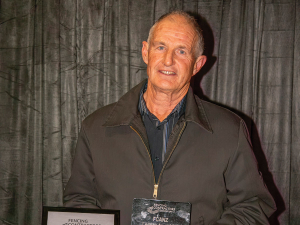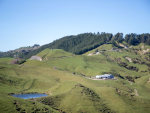These surveys can be useful for landowners. But if a survey is done by a public agency – for example a council – then your private property information becomes forever entangled in the Resource Management Act (RMA) system and you have no control over how that information is used.
Experience from around New Zealand tells us that these surveys lead to zonings/listings in district plans, exposing landowners to unworkable regulations and prosecution, takeover by regional council or government legislation and difficulties in selling your property.
My wife Linda and I run a native planting restoration business that helps many farmers undertake environmental projects. But the RMA system does not recognise the past efforts of landowners.
I believe it is crucial to have the support of landowners when protecting biodiversity on private land. Unfortunately the RMA has forced councils into conflict against their most conservation-minded landowners. It has created a ‘perverse incentive’ whereby some landowners are clearing native vegetation to avoid being caught in the RMA system.
An increasing number of landowners are closing their gates to public access, DoC and councils, because they see this as the only way to protect themselves.
I’m a member of the Hurunui SNA Group, which consists of landowners who have protected native areas on their land. Our current chair is Fran Perriam, a farmer from Greta Valley in North Canterbury, who has two QEII Trust native bush covenants on her property.
As Perriam explains, “Members of our group are those who have left areas of native bush and wetlands on their properties. We trustingly allowed surveys, but now find ourselves trapped in the RMA system. The more you do to look after your land the more you are picked on under the RMA.”
The Hurunui SNA Group has launched a national campaign calling for all landowners to refuse any more access for surveys and to support a call for urgent legislative change.
• Jamie McFadden is a conservationist and restoration expert in North Canterbury.








